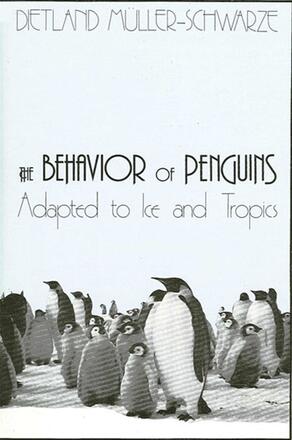
The Behavior of Penguins
Adapted to Ice and Tropics
Alternative formats available from:
Description
"Strange geese." That was their description when they were discovered in 1520 during Magellan's historic voyage. Today, penguins are familiar to everyone, yet few researchers have observed them in the remote regions in which they live.
Written by an ecologist-behaviorist who has worked extensively in the natural penguin habitat, The Behavior of Penguins is the first general work on the entire family of penguins. Numerous and remarkable field photographs document the author's detailed study of the life cycles and breeding patterns of each penguin species. He brings to light their unusual abilities to go with little food for months, to dive deep in the ocean, and to protect themselves in extreme environments. Müller-Schwarze's comprehensive and fascinating account of penguins also emphasizes the urgent need to protect these birds and their natural habitat.
Dietland Müller-Schwarze is Professor of Biology at the College of Environmental Science and Forestry, State University of New York, Syracuse.